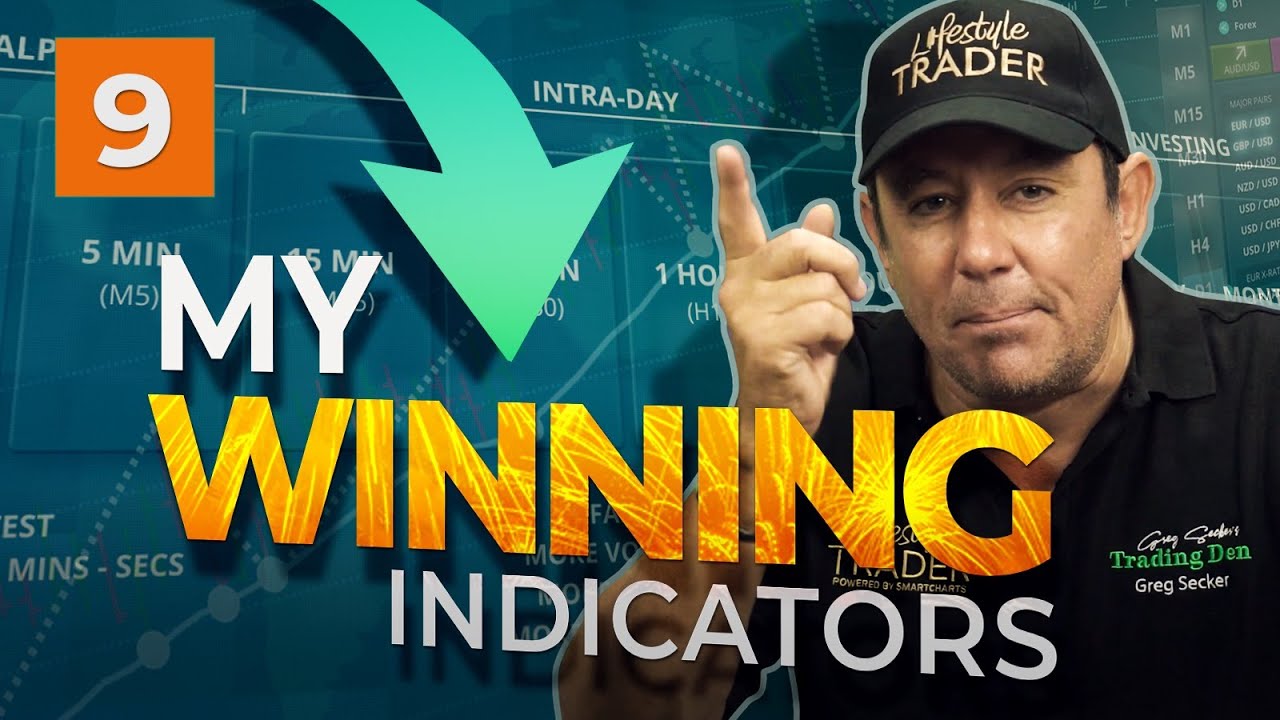The video discusses two essential indicators for traders to master, the moving average and stochastic indicator, and explains the basics of using them. Indicators can be either leading or lagging and traders use a combination of tools to make informed decisions. The video also covers trade management and the importance of using predefined strategies to avoid conflicting information. The next module will cover how to place a trade on smart charts, risk sizing, and trade management.
Mastering Indicators: Moving Average and Stochastic Oscillator
In this article, we will explore two of the most popular indicators used in the forex market – the moving average and the stochastic oscillator. We will discuss their basics, types, and how they help traders make more informed decisions.
Understanding the Basics of Indicators
Indicators form an essential part of a trader’s toolbox. They aim to provide insights into market trends, potential trade setups, and price movements. There are two types of indicators – leading and lagging. While leading indicators offer early signals, lagging indicators provide easier signals to read.
The Versatility of Moving Averages
Moving averages are one of the most popular lagging indicators used in the industry. They help to smooth out price action by filtering out noise and random fluctuations in price. There are three main types of moving averages – simple, exponential, and weighted. Traders often plot a smaller period or faster moving average against a larger period or slower moving average to help them identify bullish and bearish trends.
The Simplicity of Stochastic Oscillator
Stochastic oscillator is a popular leading indicator that compares the current closing price of the market to its high and low range over a fixed period of time, usually the past 14 periods. It plots two lines on the chart – the fast line and the slow line, which oscillate between zero and one hundred. The stochastic oscillator can tell us whether the market is overbought or oversold, indicating a potential move before it actually happens.
Trading Success through Proper Trade Management
As traders, it’s crucial to learn how to manage our trades to completion. This module covers the way we place a trade on smart charts, risk sizing, and managing trades. The strategy scanner in smart charts helps us organize the markets by the signals of all the built-in strategies. It’s essential to understand our risk tolerance and use it to determine the amount of risk we’re willing to take on each trade.
Conclusion
The proper understanding of indicators, moving averages, and stochastic oscillator can make a significant difference in a trader’s success. It’s essential to use a combination of tools and strategies to find a point where they all agree to make informed decisions. Continuously learning and refining our trading skills and strategies is the key to success in the forex market.

